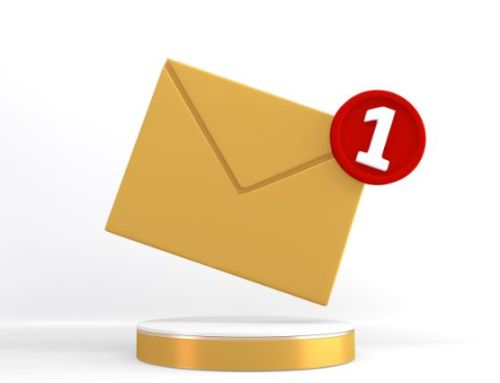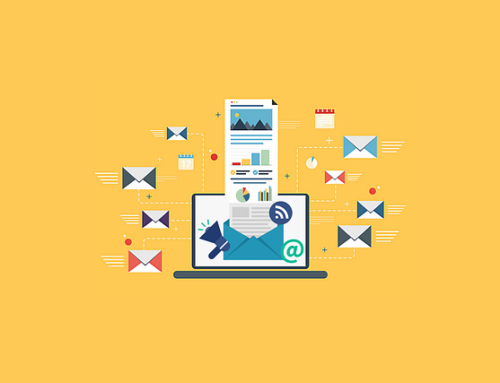Welcome emails are one of the more under-utilized email marketing tactics out there, and yet they’re one of the easiest tasks to accomplish with big results. If your small business is using email marketing and have yet to send welcome emails as part of your strategy, here are best practices for using welcome emails in your marketing efforts.
What is a welcome email?

Are welcome emails effective?
Yes they are! Studies show that subscribers to your emails are the most engaged with your brand within the first 48 hours of subscribing. That being said, it is critical that you start to build that relationship by sending an immediate welcome message to set expectations and ask them to take the next step, whatever that next step may be. Surprisingly, welcome emails had an average open rate of 50 percent, which means they’re 86 percent more effective than email newsletters. Here’s another fact: subscribers who receive welcome emails are 33% more likely to engage with the brand that sent it. Need more convincing? Check out this awesome infographic illustrating the power of welcome emails. They have more opens, more click-throughs, and generate more revenue than any other kind of email.
Tips for writing welcome emails

Start with a warm introduction of your company
Take the time to let your company’s personality shine through. Remember, these are supposed to be welcoming emails to build rapport. Again, be brief!
Reiterate the value of being on your email list
Depending on what they signed up for, remind them of the great tips they’ll get, the fantastic offers or whatever else the perk is for being on your list. Be sure to present it as a benefit to them.
Offer a welcome gift
Maybe your company can offer someone 10% their next product or service for signing up, or perhaps something for free, even if it’s a free content piece. People like free! Some businesses use the incentive of a “gift” to get people to sign up while others offer it as a “surprise gift” after they’ve sign up. Both are effective so test out which works best for you.
Be sure to add images to make it engaging and interesting
Just like any other content piece, images make content more attractive, interesting and engaging, so be sure to include them, and perhaps even a video, in your welcome email.
Set the expectation for future emails
Take a moment to reiterate what kind of information they’ll receive in your emails and how often they’ll get it. Doing so will make sure people aren’t taken aback by future emails and unsubscribe, which is a missed opportunity for your small business.
Tell them how they can connect with you
Include different ways that your new subscriber can reach you. That should include your website, email address, phone number and social channels. Again, you’re starting a new business relationship with this subscriber. Make it easy for them to stay connected!
Creating your own welcome emails

Vero: “21 Best Welcome Email Examples to Engage Customers in 2019”
HubSpot: “
Optimonster: “14 Welcome Email Examples That Build Trust With Subscribers”
While there’s a lot of variety in the examples above, you’ll see several common characteristics from our list of tips on how to write an effective welcome email. Most email marketing programs like Constant Contact and Mailchimp will allow you to send these emails automatically; triggered when someone new signs up for your email marketing list.
What to do after you create and send your first welcome email
Your welcome email is no different than any other marketing effort. Once you’ve had your welcome email in place for a while, measure your email marketing welcome message to see how well it’s working. What’s the open rate? What’s the click-through rate? How’s the conversion rate? If your numbers look a little thin, don’t be afraid to change up and fine-tune your welcome email until you see numbers you’re happy with.
Welcome emails are a powerful yet underutilized marketing tool. Follow these best practices for using welcome emails to help your email marketing efforts.
- Marketing Tactics That Your Small Business Can Do for Free - January 10, 2024
- How to Create Images for Your Small Business Website - December 6, 2023
- How Small Businesses Benefit from Referrals - November 6, 2023





